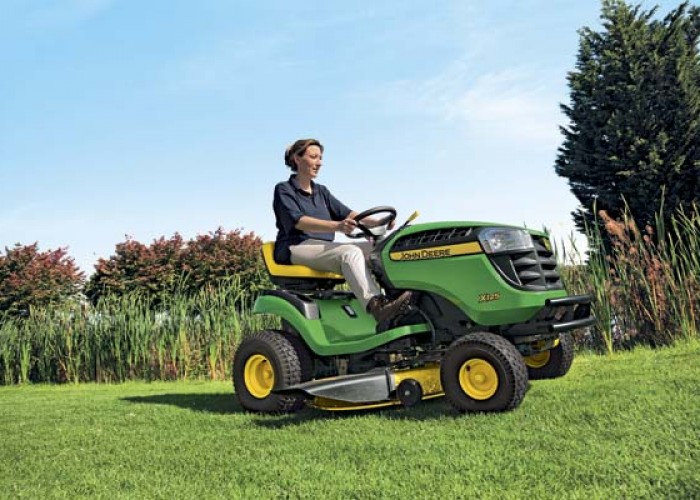Mowing with Electricity
Weigh the benefits of using an electric lawn mower
By Hannah McKenzie
Q: I am considering purchasing an electric walk-behind lawn mower to reduce the hassle of maintaining my gas mower. Do they cost less to operate than gas lawn mowers? What are the pros and cons?
A: Batteries and motors have improved dramatically in recent years so electric mowers now easily compete with gas mowers. Personal preference, lawn size and your budget will determine which one is a good fit for your household.
There are three basic types of walk-behind lawn mowers: gasoline engine, battery-powered and electric power cord. Electric mowers emit a quiet whirr (you can now discreetly mow on Sunday mornings), and without an engine, the air is free of exhaust. Imagine only smelling freshly cut grass. Here are a few considerations unique to electric lawn mowers (corded or cordless):
- Maintenance. Battery-powered mowers are quiet and need no annual maintenance aside from blade sharpening. However, after several years of use, they may need a replacement battery, which can cost approximately $100.
- Batteries. Cordless mowers are similar to cordless drills … you pop the battery out of the device and into the charger, and you have to plan ahead for batteries to be ready for action. Look for a mower with a battery capacity that can handle your lawn size without running out of juice. Some folks purchase an extra battery so they can cover more ground. Investigate how long it takes to charge batteries — some models take a few hours while others take half a day. Battery-powered mowers with the Energy Star® label will charge more efficiently than other models, and will use almost no electricity when plugged in but not actively charging.
- Cords. Again, think of your power tool cords. Are cords too much trouble? What drop cords work best for you? Mowers have a very short cord so you will need to invest in a quality drop cord and be vigilant to avoid mowing it.
Comparing mowers
| Gasoline engine | |
|---|---|
| Ideal lawn size: | Less than 1/2 acre |
| Cutting width: | 21 to 22 inches |
| Upfront cost*: | $250 |
| Annual cost**: | $24 |
| Pros: |
|
| Cons |
|
| Battery-powered | |
|---|---|
| Ideal lawn size: | Less than 1/2 acre |
| Cutting width: | 21 to 22 inches |
| Upfront cost*: | $300 to $500 |
| Annual cost**: | $1.75 |
| Pros: |
|
| Cons |
|
| Electric power cord | |
|---|---|
| Ideal lawn size: | Less than 1/4 acre |
| Cutting width: | 21 to 22 inches |
| Upfront cost*: | $200 |
| Annual cost**: | $8.73 |
| Pros: |
|
| Cons |
|
*Costs are approximate. **Estimates for mowing half-acre 16 times per year with gas ($2.30 per gallon) or electricity (12 cents per kilowatt-hour).
Source: wisebread.com; annual costs modified to reflect average NC electric co-op rates.
Other options
If no electric models suit your needs, look for mowers that meet the California Air Resources Board (CARB) standards. These mowers will produce 40 to 80 percent fewer air polluting particulates than other models. Another option is shrinking the size of your lawn.
Check out Consumer Reports online to see product comparisons, and make sure to consider consumer feedback because Average Joe may have a better grasp of what you may love or hate about a product. Happy mowing!
-
Ready for more tips for your yard?
-
Share this story:






